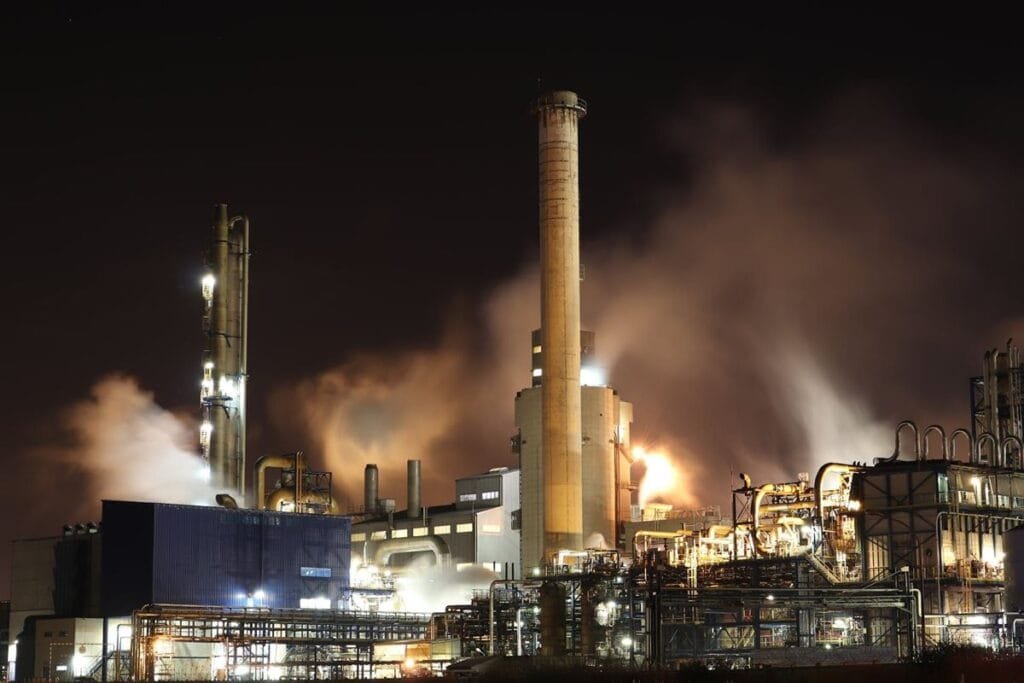Natural gas has cemented itself as one of the most important energy sources globally, with demand steadily rising over the past few decades. Comprised primarily of methane, natural gas also contains other hydrocarbons and is formed underground through the fossilization of organic matter over millions of years. Its properties and abundance have positioned natural gas to play a pivotal role across numerous sectors.

Widespread Applications Driving Robust Demand
One of the primary uses of natural gas is as a heating and electricity generation fuel. Particularly in North America and Europe, natural gas has displaced coal as the fuel of choice for many power plants thanks to lower emissions. Additionally, natural gas remains a critical feedstock for fertilizer and plastic production globally. Its relative cleanliness compared to alternatives has led many governments to embrace natural gas as a “bridge” to increase the adoption of renewable energy over the long term.
Global natural gas consumption has correspondingly risen approximately 60% since the 1990s according to estimates, hitting nearly 4 trillion cubic meters in 2022. With natural gas featuring prominently in future energy plans from major economies like Germany and the United States to support grids as more intermittent renewables come online, demand trajectories appear strong for the foreseeable future barring major efficiency improvements or alternatives.
New extraction techniques have also expanded recoverable reserves over the last decade, providing additional supply cushions. The United States has witnessed a shale gas boom in particular, becoming the world’s top gas producer in the process.
Production Scaling Alongside Consumption
Global natural gas production has witnessed comparable growth in recent decades, largely matching rapid demand increases. The United States leads globally as the top natural gas producer at over 930 billion cubic meters annually thanks primarily to substantial shale gas reserves centered in Texas, Pennsylvania, and North Dakota.
Besides internal power generation and heating usage, liquid natural gas (LNG) now allows the United States and other major producers like Qatar to export natural gas around the world. LNG bound for Europe and Asia leaves U.S. ports daily for eager buyers across oceans. Export facilities across the Gulf Coast and East Coast have expanded substantially to sell into global markets, adding a new dynamic for American gas producers.
Pricing Disparities Across Regional Markets
Despite elevated production levels, natural gas consumers face surging costs subject to regional availability and geopolitics. While the United States enjoys relatively low prices aided by shale gas abundance, European countries have experienced disproportionately higher rates recently.
In 2022, the average household in the EU paid nearly double the amount for natural gas compared to the U.S. This pricing gap widened significantly last year as unexpected supply shortages compounded cost pressures initiated by the Russia-Ukraine war. With winter heating needs still heavily dependent on Russian pipeline imports before the conflict, the affordability picture remains ominous in Europe without infrastructure changes. However, the long-term situation may catalyze the build-out of additional LNG import capacity and alternatives like hydrogen.
Trading and Investing in Natural Gas Markets
Global commodity developments have brought increased attention to trading and investing in natural gas markets. Platforms like Gas Profit offer intuitive apps for retail traders, allowing everyday consumers a chance to profit from natural gas price volatility. Through contract for difference (CFD) trading, traders enter positions without needing to physically own the underlying asset.
Trading bots and algorithms available on platforms like Gas Profit also enable more automated analysis and execution based on live market data and geopolitical events. By reacting at millisecond time frames, trading bots help investors capitalize on short term price fluctuations across global exchanges. Thanks to such innovations, retail participation in commodities like natural gas continues to accelerate.
Outlook Buoyed by Soaring Consumption Forecasts
Despite short-term headwinds from inflation and conflict-driven supply uncertainties, natural gas remains essential to the global energy economy. According to projections, gas demand will increase 50% by 2050, with over half of that growth concentrated in China and Asia. Even as European nations attempt to move away from Russian exports, building out alternate supply chains underscores systemic dependence barring alternatives. Renewable transitions will take time.
Liquefaction infrastructure expansions also signal expectations for trading volumes to continue climbing. Producers are still incentivized to bring new conventional and shale gas resources online. While volatility brings risks, it also creates opportunities to profit through technologies lowering traditional barriers for retail traders. Given deeply intertwined links throughout economies, natural gas looks positioned for an integral role for decades to come.







